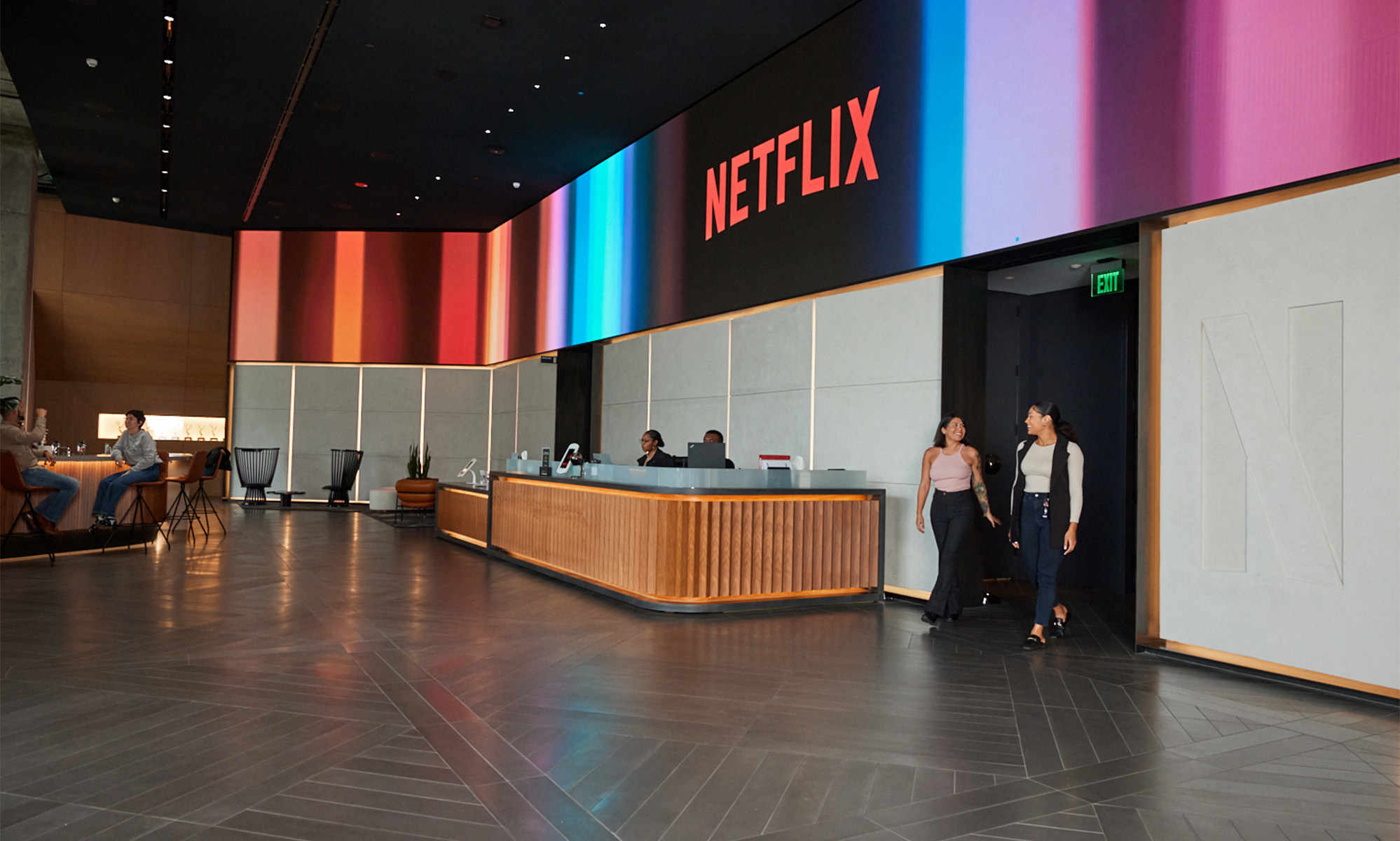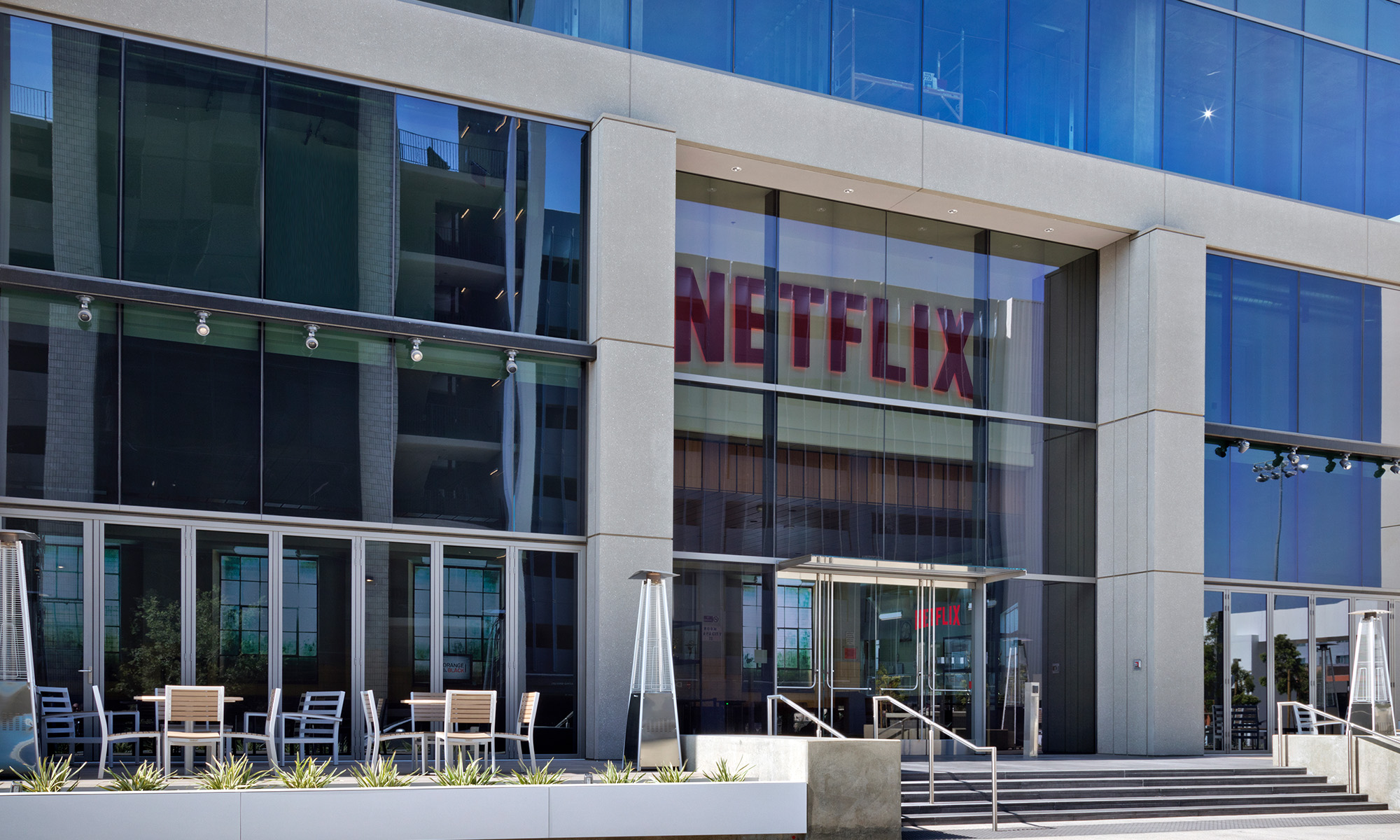When streaming leader Netflix (NFLX +0.93%) recently reported its third-quarter financial results, there was plenty to like. The company reported revenue that grew by 34% year over year, while profits soared more than 200%. The most watched metric, of course, was its growing customer base, after the company posted a rare miss in its second-quarter subscriber additions. In Q3, Netflix added 7 million customers, far exceeding the 5 million it forecast, putting those fears to rest.
One of the things latched on to by Netflix bears was this statement from its shareholder letter (emphasis mine): "We currently see next year's negative FCF (free cash flow) as roughly flat with this year." So far in 2018, the company has produced FCF of negative $1.7 billion, and said "we anticipate that FCF will be closer to negative $3 billion than to negative $4 billion for the full year 2018."
While naysayers are fixated on the continuing cash burn, they have missed a subtle but important change that has taken place.

Image source: Getty Images.
First, a bit of perspective
It's important to note that Netflix has long stated that it expects to remain FCF negative "for many years." The company is using debt to fill out its library of original content -- not only in its maturing U.S. market, but also in over 190 countries worldwide. That herculean task requires a sizable cash outlay for the initial programming slate, eventually tailing off as the necessity of adding new content becomes much less frequent.
The company demonstrated its confidence in its original-content plans earlier this year, when it announced that its free cash flow in 2017 came in at negative $2 billion, and that it was doubling down on that strategy, with cash flow expected to be in a range of negative $3 billion to negative $4 billion in 2018.
Peak cash burn?
There was a subtle change in the language and tone about cash flow during the third-quarter conference call. CFO David Wells said the company "is approaching a point where the growth in operating profit is going to grow faster than our growth in content cash spend. That's really going to drive the free cash flow toward improvement. It'll eventually break even."
He went on to say that as growth accelerated, Netflix was spending more of its profits on its content obligations, and what that means going forward (emphasis mine):
So, you get sort of a flattening of the trend forward. But we expect material improvements in 2020. We still think it's going to be a few years toward breakeven because we're optimizing, again, for long-term cash flow and long-term profitability, and we think that's the right thing.
With only a "few years toward breakeven," and the forecast for spending on content "roughly flat" next year, it's clear that the company believes that its negative cash flow has peaked and will be declining.

A scene from the Netflix original "The Haunting of Hill House." Image source: Netflix.
Netflix isn't the only one that thinks so
While there are plenty of bearish prognosticators, some see the company's cash burn turning around sooner rather than later.
Earlier this year, Moody's analyst Neil Begley predicted that Netflix would "exceed 200 million subscribers" by the end of 2021, and be cash-flow positive by 2022: "We expect the steady subscriber growth, together with gradual price increases, will outpace the increasing investment in content and the up-front working capital spending on self-produced and owned programming, resulting in steadily improving margins ... As a result, we forecast the company becoming cash-flow positive in approximately five years."
It makes good financial sense
Netflix has long stated that its original content is more cost effective on a per-subscriber basis, as it can use the programming for its growing customer base around the globe. To pursue this strategy, it's necessary to lay out more money up front -- between one to three years before a subscriber ever sees the show. The economics are clearly in Netflix's favor, however. By cutting out the middleman and owning the underlying intellectual property, the company secures not only the global exhibition rights, but also the opportunity to monetize the content in other ways, like merchandising.
Based on the comments during the conference call and in the shareholder letter, Netflix is signaling that negative cash flow has likely plateaued, and I think the days of cash burn will end far sooner than many investors realize.






